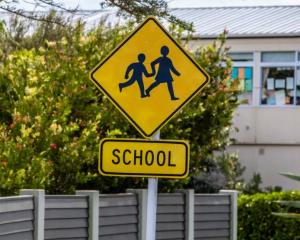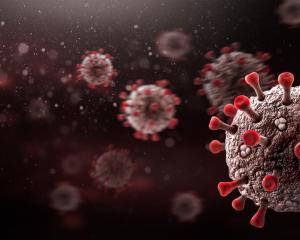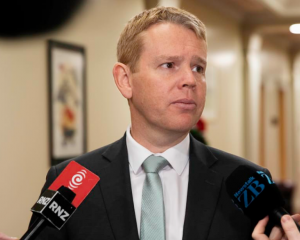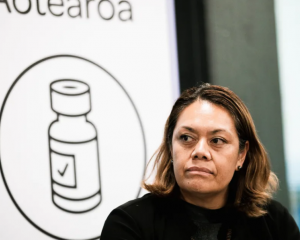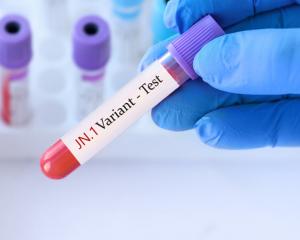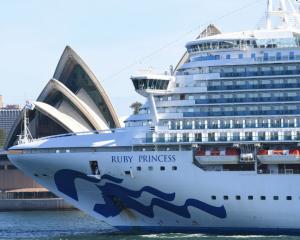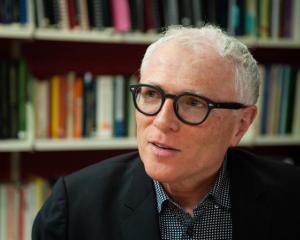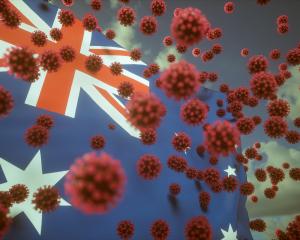Invercargill and Queenstown were no longer being considered as possibilities for managed isolation and quarantine centres, Megan Woods, the minister in charge of managed isolation and quarantine, said yesterday.
At Dunedin’s Civic Centre Building with Air Commodore Darryn Webb, who is operationally in control of the facilities, she said the ministry was in "in the middle of commercial negotiations" and a decision on Dunedin would be made very soon.
"In terms of timeframe, there is a team that is doing those appraisals — there are still some outstanding issues," Dr Woods said.
"We, personally, want to go and have a look at a couple of the facilities to see how they measure up.
"One of the things in terms of capacity is ... we do like to have critical mass.
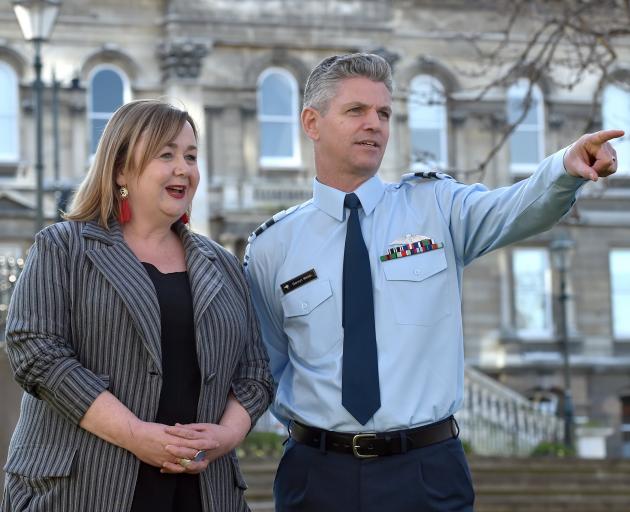
She said Queenstown and Invercargill had issues around health services and hotel capacity respectively.
Dunedin Mayor Aaron Hawkins said he believed the community wanted to play its part.
The push for Dunedin to become a resettlement location for former refugees was led by the community and he expected it would be the same in this situation.
The Dunedin City Council could not stop the Government from establishing Dunedin as a managed isolation facility centre, but discussions had been "constructive" and collaborative, as he sought reassurances that the transfer of returnees to the airport and to the isolation facilities would be safe.
Council staff, through civil defence and other mechanisms, had been working with Defence Force staff over the past week about what Dunedin as a managed isolation facility centre would look like, "what would and would not work in the community".
"They [the Government] have been quite honest about the fact that they have been learning as they have been going," Mr Hawkins said.
"One of the advantages that we have of being further down the list is that the systems have been improved and refined on the way through.
"But it certainly didn’t feel like we were being briefed, or instructed, at our meeting today. It legitimately felt like a discussion with Government and the New Zealand Defence Force around how we could make things work safely in the city and I think that’s a really positive sign."
Air Com Webb said Christchurch now had six facilities. Dunedin had a "decent-sized airport" and good health facilities, making the city a "logical alternative place" as the number of people requiring managed isolation increased.
An integrated security team would be led by a senior New Zealand Defence Force officer with "four or so" staff in support for each facility, and that complement would be supported by aviation security in similar numbers, he said.
An "end-to-end review" of managed isolation and quarantine had identified areas where the system was "under stress".
The review made 17 recommendations and 12 had been completed.
"I think we’ve made very good progress to ease that stress," he said.
Yesterday, he said 29,631 New Zealanders had returned home and had been through managed isolation and quarantine since March 26.
There were 4475 people in managed isolation and quarantine in New Zealand.
The capacity of the programme was 6513 across 31 facilities in five regions — an increase of 10 facilities over the past three weeks, Air Com Webb said.
"We will be further expanding this capacity over the coming seven days," he said.
Southern District Health Board chief executive Chris Fleming said, work was under way together with WellSouth and other partner agencies on the planning of managed quarantine and isolation facilities in the South.
Last week, the health board had a team visit the Canterbury health board "to see first-hand what is required".
Further, the health board had called for expressions of interest from staff at the DHB, and elsewhere in the health system, who would be willing to work in managed isolation and quarantine facilities, "which need to be staffed 24/7 by nurses on a roster".
"We are grateful to those staff who have volunteered to assist, and we would be pleased to hear from any other healthcare workers in the community who might be able to help with this," he said.
The programme would not affect other health services, he said, as the expressions of interest largely targeted casual staff and those willing to increase their hours.
Dr Woods said the situation was changing rapidly, but the isolation facilities were being managed under advice from the Ministry of Health.
"We are working on an hourly basis to manage the flow of those New Zealanders and permanent residents that wish to return home — and making sure that we can do that safely and that we can do that in a managed way to protect the gains that we’ve all made and to keep New Zealanders safe," she said.
"We at the moment have had over 30,000 New Zealanders who want to return home through our managed isolation facilities. We are one of only a few countries in the world that is taking this level of precaution.
"We intend to keep a very strong line of defence at our borders."
Comments
Why do they need to come here for isolation? Plenty of room in the North Island.
Hawkins is full of it: "Dunedin Mayor Aaron Hawkins said he believed the community wanted to play its part".
How come you are that arrogant you never believe that people don't want the closed George Street, don't want the one way changed. How can you look at yourself in the mirror each morning?


